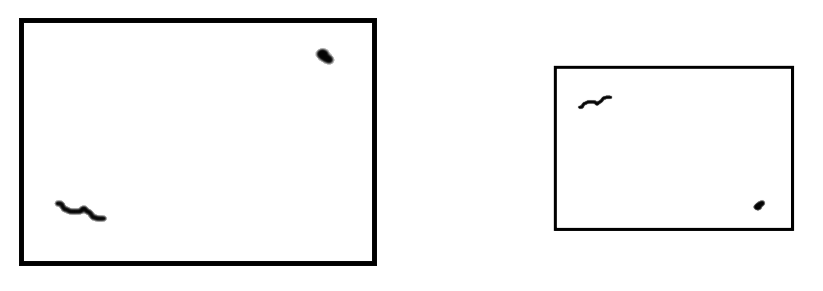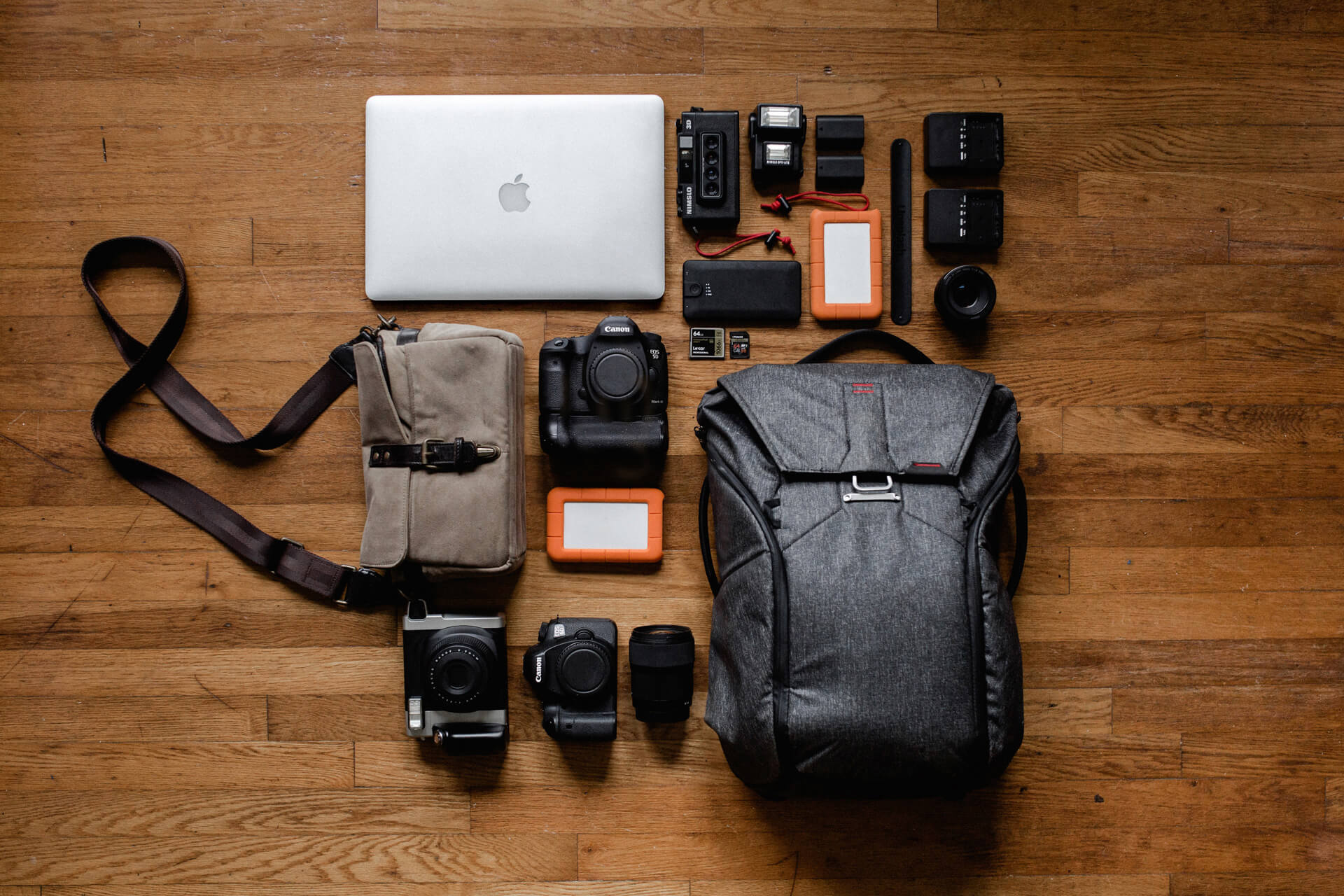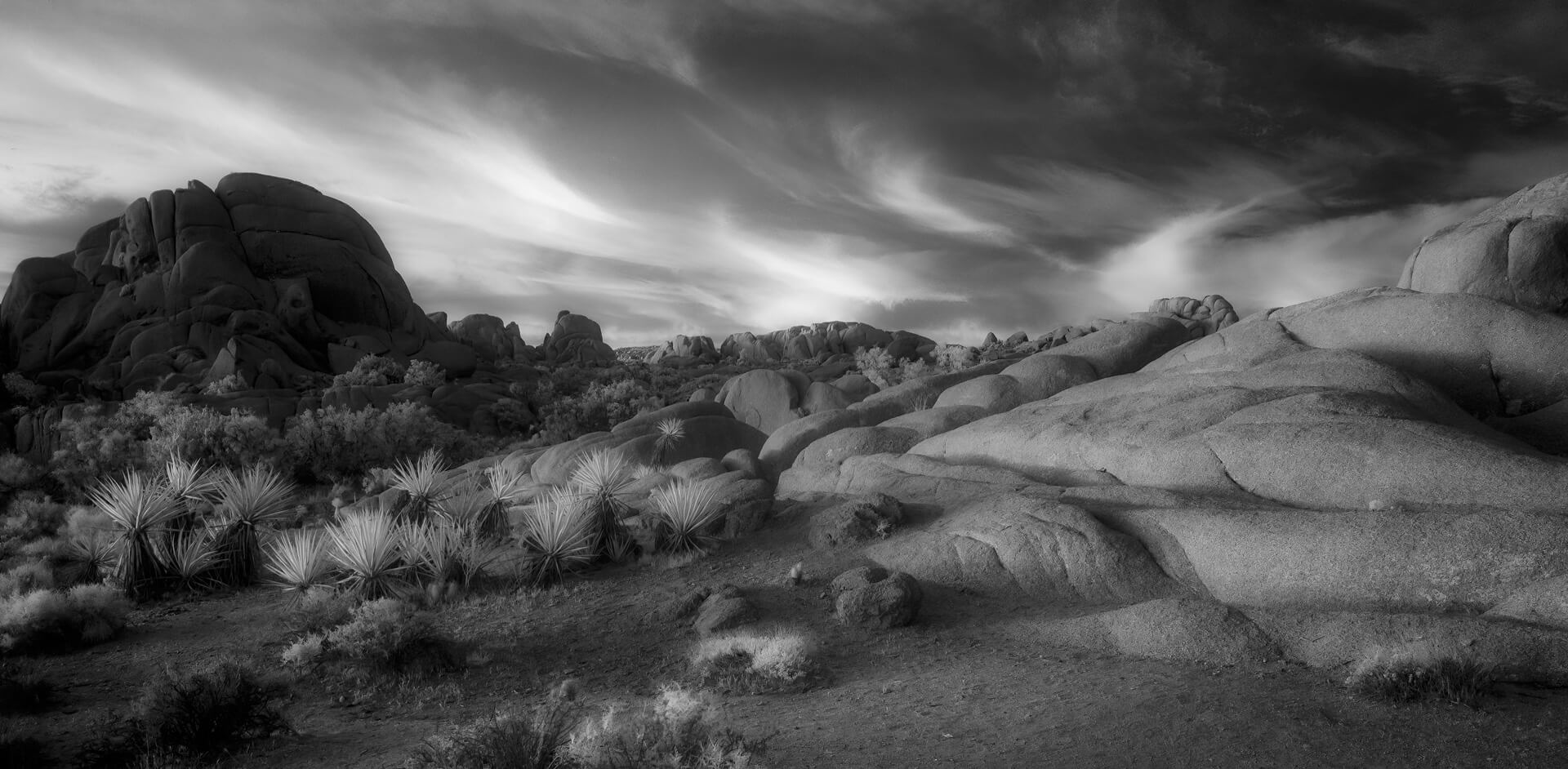Sensor Cleaning
Sensor Cleaning of a Converted Camera
The filters we install during our conversions are very durable glass. They can be cleaned with the normal sensor cleaning methods without risk to damaging the glass, which has not been true of all conversion services. Our AR coatings do require more care when cleaning compared to uncoated glass.
If the dust builds up with enough big pieces, we recommend first trying to clean the dust with a blower. Compressed air can also work, but be careful of particulates blowing onto your sensor, particularly with canned air which can expel propellant liquid.
If compressed air methods are not enough, we recommend trying a wet cleaning method if you are comfortable with it, such as Eclipse and Pec Pads. For our coated filters we recommend Eclipse and Pec Pads specifically. Confirming a clean sensor can be done by visual inspection or taking a sample shot. Taking a test shot can be done by shooting a white surface with a small aperture and long shutter time, and moving the lens back and forth to get a very uniform background. This will make any dust pieces apparent in the picture. We recommend not relying on a visual inspection, as the opaque filter can make dust more visible, even when it isn’t causing a problem.
After taking a dust test picture, the location of the dust on the sensor as seen from the front side will be upside down from where it is in the picture.
| Test picture with dust | Sensor dust location |
 |
|
When cleaning a sensor with any contact method there is always a risk of scratching the filter. To reduce your risk, don’t reuse any wipes or pads as they can collect abrasive particles from the environment. To avoid any risks, you can also send it in to us for a professional cleaning here.




